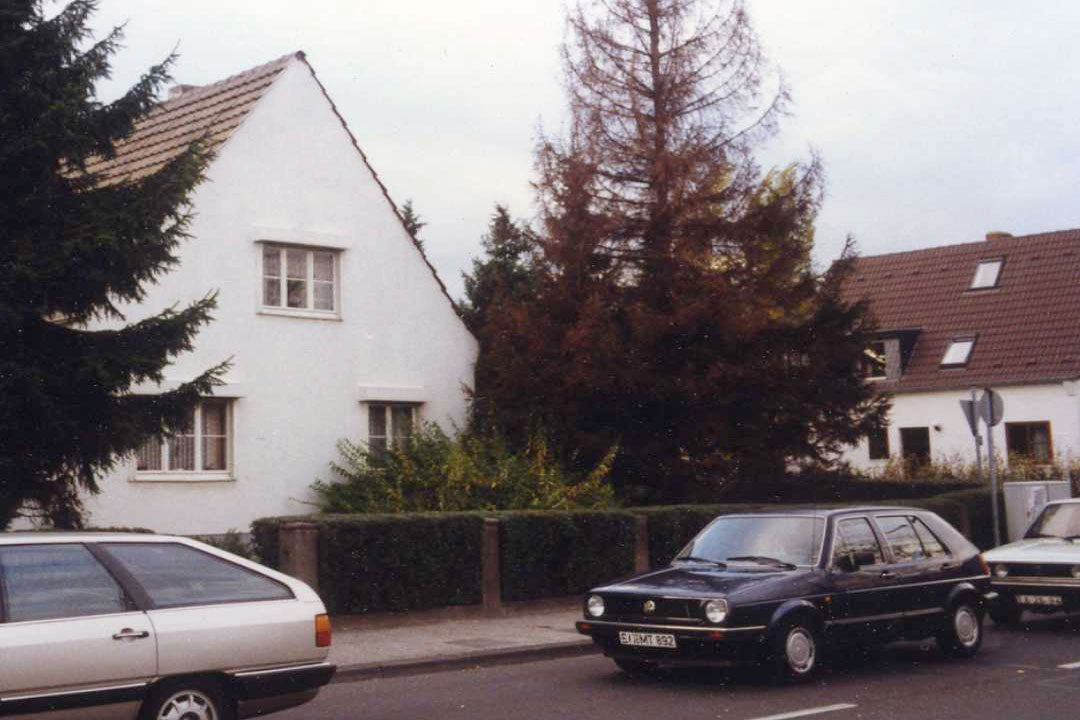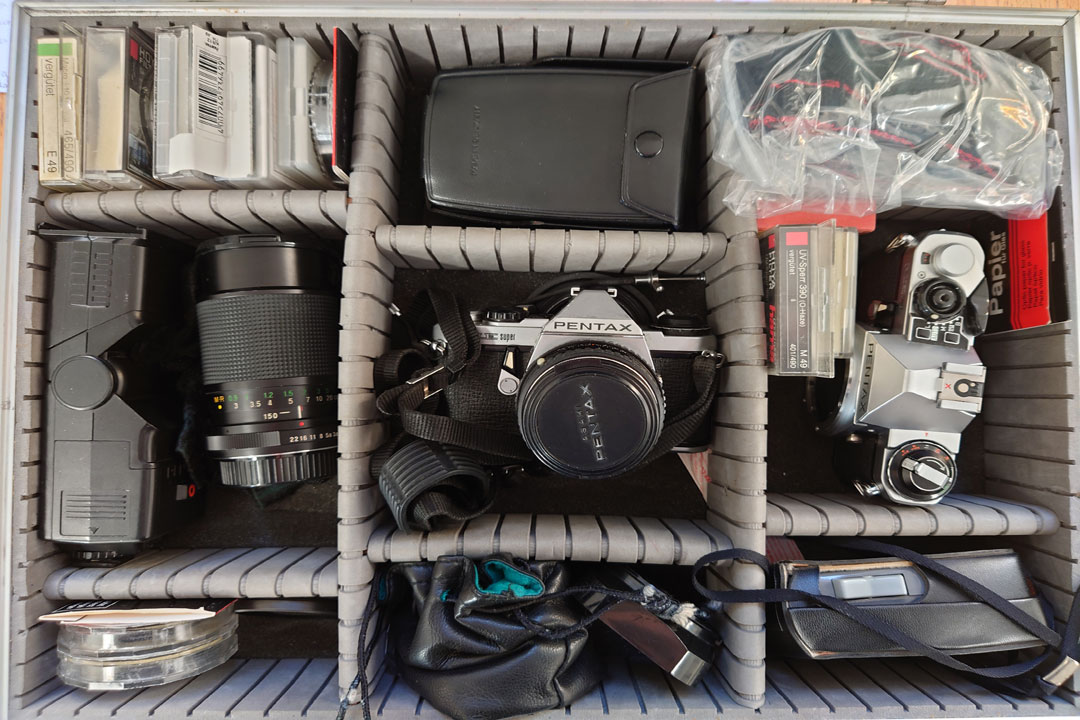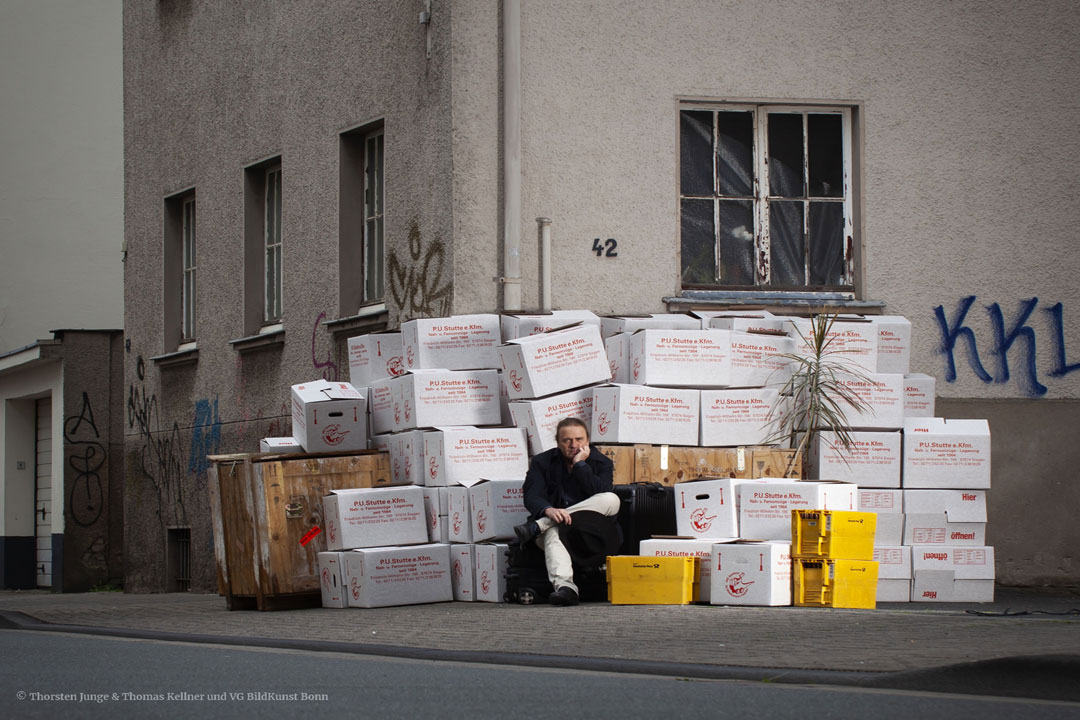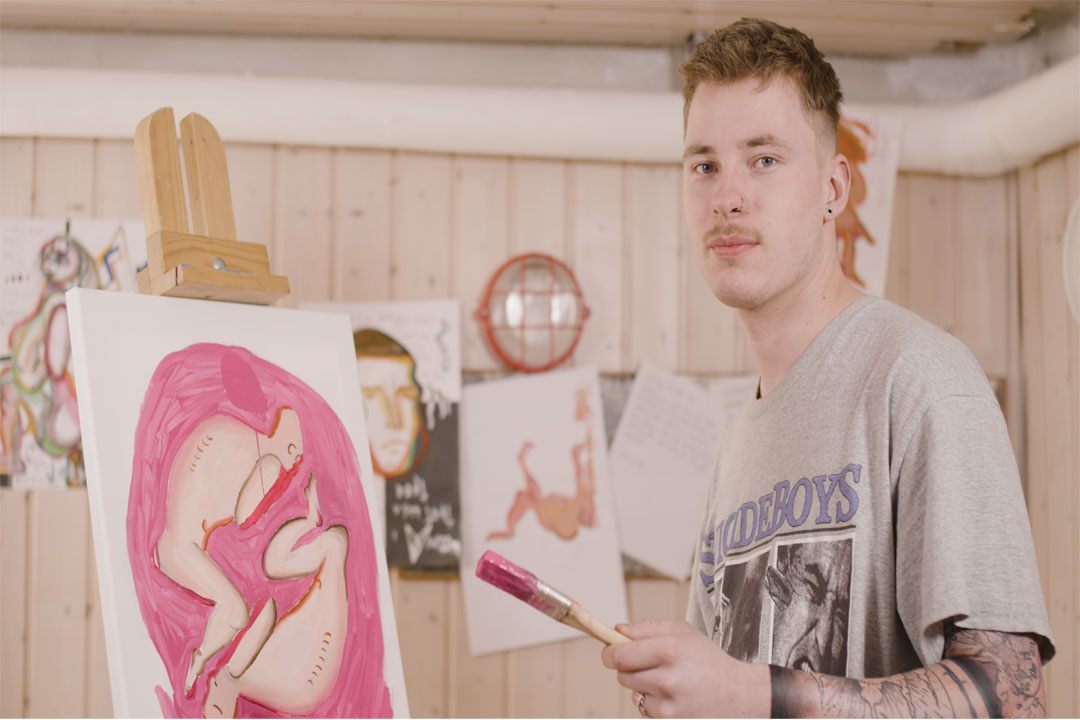Thomas Kellner and the capital goods
What do capital goods mean to me? Capital goods are in the classical sense, the things that you can't write off immediately. There are low-value assets (LVA), these can be written off in one month, and tend to represent a small investment. This amount is no more than 800 euros without value added tax or 952 euros with value added tax. If the profit of a year is too high, I advise you to consider LVAs. As an artist you regularly have to deal with large investments, in the best cases you produce capital goods yourself, such as the artwork which can be considered as a capital good. However, according to the definition, a capital good is a good that is not directly intended for final consumption, but for the production of a good. An entrepreneur buys works or machines for several million euros and these capital goods serve to maintain, improve the company and produce the end products.
Let's take the work of an artist. This would hypothetically cost several thousand euros or even millions of euros. As a company, you write it off over a certain period of time, that means you divide the costs of acquisition. Thus, this depreciation ensures liquidity for the buyer. The work of art remains an investment that the buyer, with a little luck, can sell later when its market value rises.

Thomas indestructible VW golf 2
My first car, and also my second car, was a Renault R4. Especially the second one cost me some nerves. Everything about that car was ready for it to break down when I drove it, first a gearbox failure, then an engine failure. In the end, the car cost me an additional DM 6000 in repairs. So the thought came to me to simply buy a good used car for the same amount. The purchase of a VW Golf 2 in 1990 was to be my biggest investment to date, at 8000-12000 DM. I drove this car until it fell apart. At the end, the car had run 420,000 km and had to go. After that, I only financed or leased cars. Leasing or financing are investments that affect you monthly, so for an artist with an irregular income they are not advisable, as they increase the monthly fixed costs. Making a long-term financial commitment as an artist is very difficult when an investment has to be paid for through lease or loan instalments. If, as in 2020, a worldwide pandemic breaks out, the result is no turnover and an endless spiral of instalments or loans that can no longer be serviced. The passion of making art is like a financial struggle for survival.
For me, the first computer in 1996 was a huge purchase. The then roughly estimated sum of 7000 DM made me wonder whether this investment was so sensible for me. Until today, I have often had to spend such sums on computers, electronics and the like, but looking back on 1996, it was a huge purchase. At the moment, I tend to work with leasing returns, so I only spend about 2,000 euros on computers and accessories every two years. But these investments are very worthwhile, because at peak times I have up to 5 trainees who can work on 3 towers and two laptops. This allows us to make very fast progress.
Cameras are particularly important pieces of equipment for the photographic artist, because they are purchases that make producing art possible in the first place. As far as my investment in cameras is concerned, I have always remained modest. I don't need the most modern equipment and since I shoot analogue, there is no leasing for camera equipment. I want to make art and nothing more. But another investment good could be a mobile phone. It serves as a means of communication, but also to take photos and supply the social media channels with material.

A shattered investment dream for the USA
In 2003, I had come out of the 9-11 crisis and had hit my home run in Houston. I had done everything I wanted to do and everything an artist could dream of, but I had also emptied all my accounts and maxed out my savings account. I had brought home everything an artist could bring home, a gallery representation in Chicago, gallery representation in New York and commissions, exhibitions, publications and much more. The demand for images from the USA arose and grew quickly. However, I wanted to make the photographs of USA with medium format films. I spoke to the people at Kodak, whom I had met at the Kodak Young Talent Award. They wanted to sponsor me a truck full of film if I switched to 35mm. A sponsorship that would have supported me financially. The scans from the lab were also supposed to cost only 1/10. I wanted to buy new camera equipment with the money I had saved, but my relationship with the banks has always been a rather difficult one. Since I never had any money as an artist, I was not liquid and could not guarantee anything except my art. They didn't help me. My investments at the time always failed at this point. I never managed to save enough money, unfortunately, and so my investment dream for the USA project in medium format died. I took the photo artworks of America with the concept of the monuments of Europe in 35mm film. t remained almost without exception with 35mm film. Today I would go to an independent financier and get a guarantee. It's relatively difficult for an artist to invest. I was very lucky in Siegen, because the city's inexpensive studio made for a very small cost apparatus. Of course, this made it easier for me to invest; every book is an investment, every journey is an investment. I regularly had such costs for projects. The series of works Genius Loci, for example, was a big investment (or rather production with high costs), the scans of the pictures cost 18,000, with framing and the journey I came to 50,000 euros. At the end of the day, every project costs a lot of money and is an investment in every form, but in the means of production and in the end, they are the products of the artist.
My tip for young artists and their investments should be to always act cautiously, you never know what will happen. Wars and economic crises can very much interfere with investments. The need for art in such situations is zero. But inflation can also be your savior, because the money I can borrow today may be worth less tomorrow. As an artist you need reserves, consider yourself a limited company and try to put away 20,000 euros by all means. Try to take out a savings contract and let it be forgotten as collateral, so that it can then be the nest egg for due instalments. I had put away these 20,000 euros too and had this security until the banking crisis of 2008. This crisis consumed my money and thanks to the regular crises that followed, I was no longer able to build up new reserves. I have tried to survive financially with all possible means until today and have just about managed to do so. Looking back, I can say that I am really glad that I get along well with most of the bankers at my commercial banks, because they understand how I work and give me the necessary room for manoeuvre in times of crisis. They put air in the tires so that I could continue to work. I always had to create something new for new projects. Without investing in your own products, you can't move forward. As an artist, you need security. Your artistic work must not be restricted and as an artist you have to constantly invest in new pictures. You also have to be able to cope financially if you don't sell a series.

Moving into a new studio
My last big investment was the move from the old factory building in Friedrichstrasse to our house in Bluecherstrasse. The move and the purchase of new furniture and equipment for the office and kitchen and the excluding mailings came to about 30,000 Euros. A year later, a new server PC and a computer for video editing were also due. I am now at an age where I believe that no more major investments are needed. I don't want to invest any more, I just want to create art now!
Autor

Maurice Fey, born November 20, 1999 in Siegen
Internship: 2021/22 at studio Thomas Kellner
Special interests: Art, Music, Poetry
Goals: Being an independent artist








